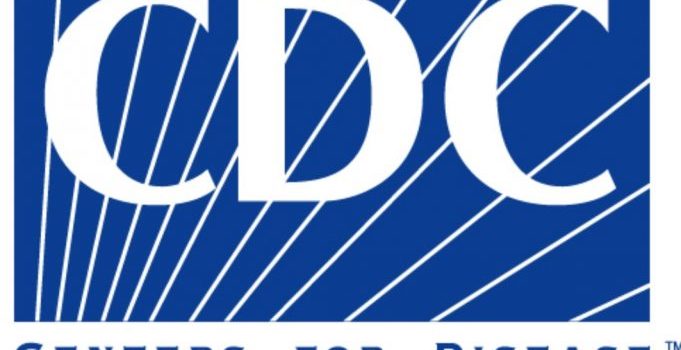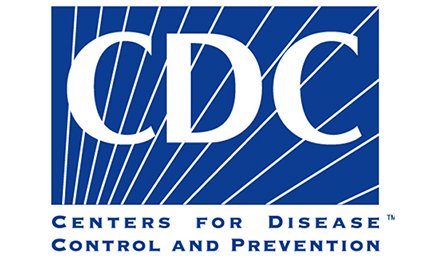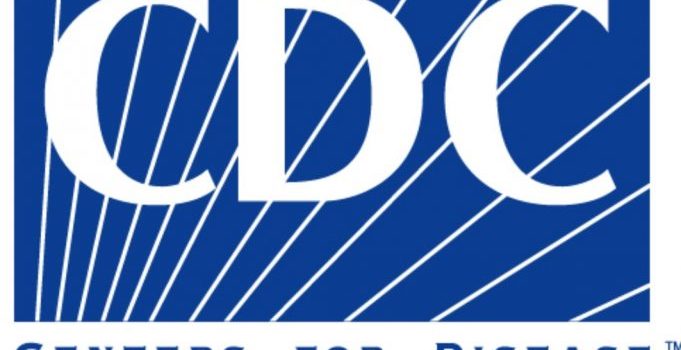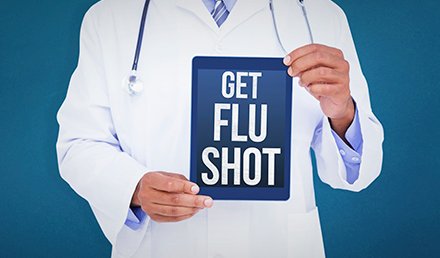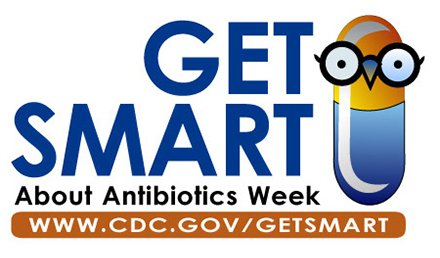After a decades-long slog toward elimination of tuberculosis in the United States, 2015 saw a slight increase in the number of domestic TB cases. While around half of all reported cases occurred in Texas, California, Florida, and New York, 29 states and the District of Columbia reported increases over 2014. While the Centers for Disease Control and Prevention suggests that lower funding of TB prevention programs may be on reason, urgent care clinicians faced with …
Read More

